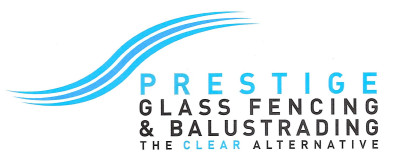What is the difference between 304 and 316 stainless steel?
304 contains 18% chromium and 8% nickel. 316 contains 16% chromium, 10% nickel and 2% molybdenum
Can stainless steel rust? Why? (I thought stainless did not rust!)
Stainless does not “rust” as you think of regular steel rusting with a red oxide on the surface that flakes off. Corrosion is generally caused by contaminants settling on the surface of the stainless steel.
Stainless Steel Product Care and Cleaning
Stainless steel is a low-carbon steel that contains at least 10 percent chromium. The addition of chromium gives the steel its unique corrosion-resisting properties. Most PPF accessories are fabricated from type 316 stainless steel, which contains 16 percent chromium and 10 percent nickel and 2% molybdenum. The “moly” is added to help resist corrosion to chlorides (like salt water) PPF uses it because it is extremely durable, resists corrosion and stands up to many chemicals.
Stainless steels are very resistant to rust, however this does not mean that they are impervious to it. Stainless steel must be kept clean and free from contaminants. Frequent cleaning with mild soap and water or glass cleaner and a cotton cloth is required. Sometimes stainless steel products will develop corrosion or discolouration due to environmental and installation conditions. The following is a list of common conditions that cause corrosion or discolouration of stainless steel and should be avoided:
- Chloride containing cleansers – this includes bleach and any bleach containing cleaners.
- Muriatic acid (hydrochloric acid) – commonly used to clean up after tile/concrete installation.
- Concentrated soap residue – chemical additives will cause discolouration and some dried soaps actually look like rust.
- Water with high iron content – can leave a rusty residue, especially if allowed to drip continuously.
- Contact with iron materials – including steel wool, machining chips, and iron residue/dust from installation or cleaning of other steel products.
- Trapped moisture between the product and another object – rubber mats, metal cans of soaps or cleaners.
- Salts – contain chlorides.
Any discolorations or corrosion should be removed as soon as possible, or permanent discolorations and pitting of the surface could occur. Usually, the product can be restored to its original condition. Most discolorations can be removed with a mild cleanser or stainless steel cleaner.
The surface should then be thoroughly rinsed with clear water. With proper maintenance, stainless steel will maintain its lustre and appearance indefinitely.
- Do not use steel wool or sandpaper, or mineral acids, bleaches or chlorine cleansers.
- Do not add chlorine to your pool right next to your stainless steel equipment. Added it as far away as possible.
- Do Not Use Hydrochloric Acid – Hydrochloric acid is sometimes used to clean cement or mortar residues. This acid should never be used on or near stainless steel – it will frost the surface and usually causes pitting.

